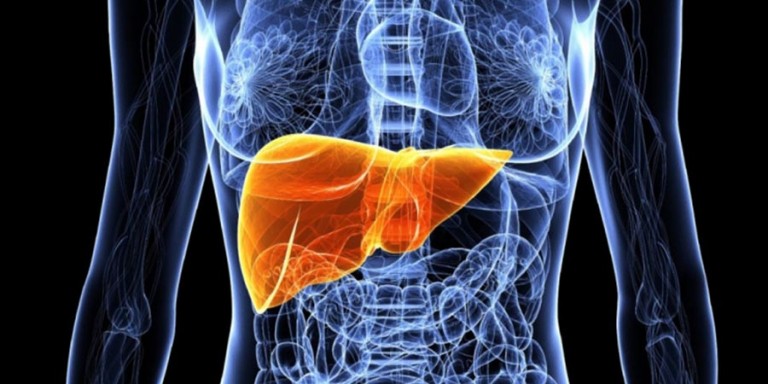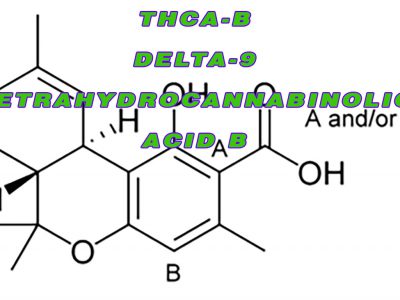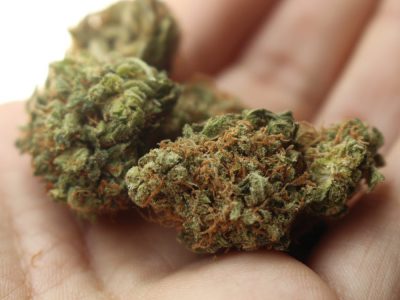Pulegone – 435: A Naturally-Occurring Compound
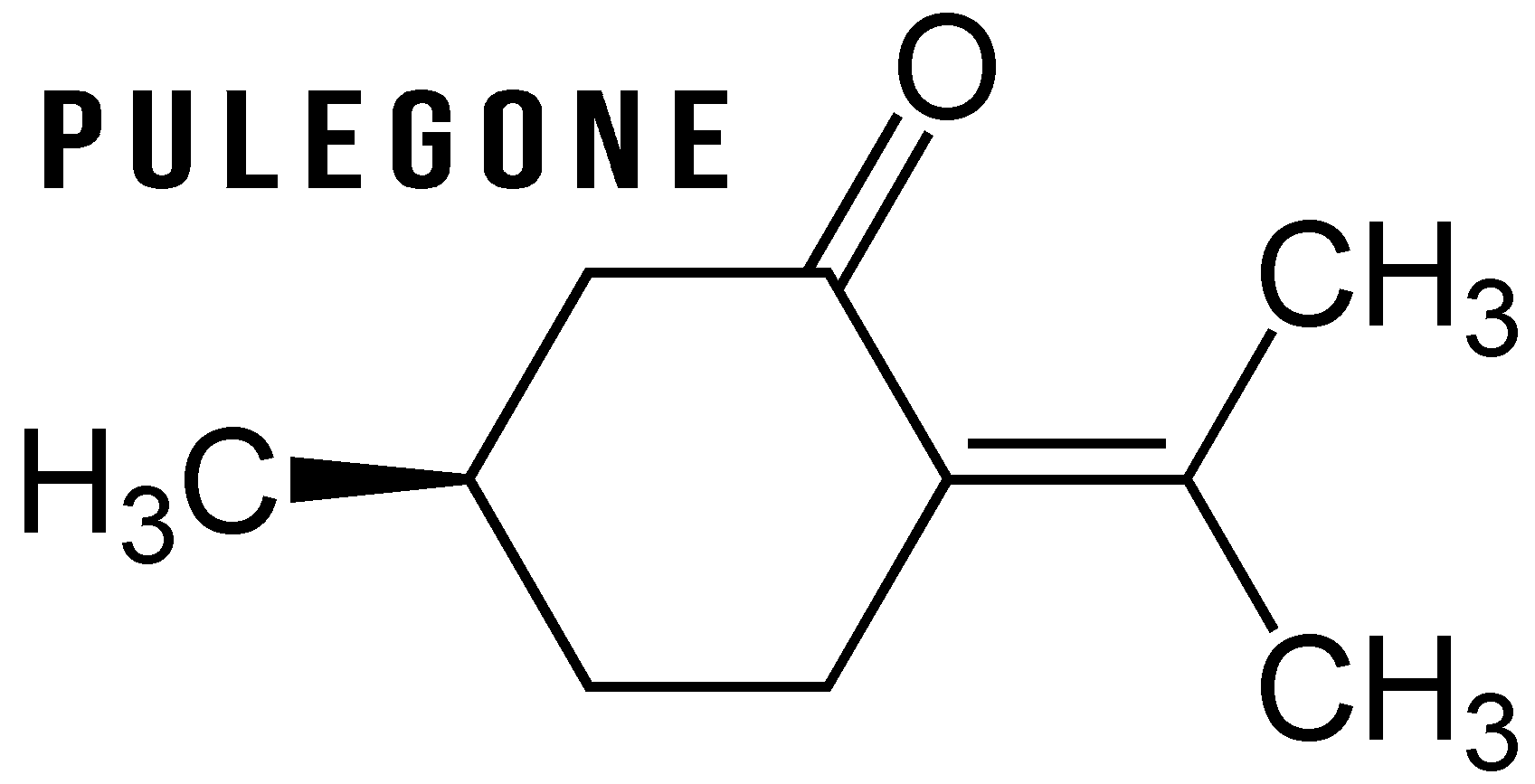
Pulegone is a famous organic compound that occurs naturally. It is obtained from the various essential oils like catnip, peppermint, and pennyroyal. This oily, colorless liquid is majorly classified more like monoterpene. Monoterpene is an odorous chemical which serves as a crucial component of the oil.
Pulegone is quite notable for having a very pleasant aroma which is similar to that of plants, it is extracted from. As much as we know about Pulegone, it is generally used in the aromatherapy and perfumery. The terpene can also be utilized as the synthetic flavoring substance, but there is some limit in terms of Pulegone amount that can be included in food.
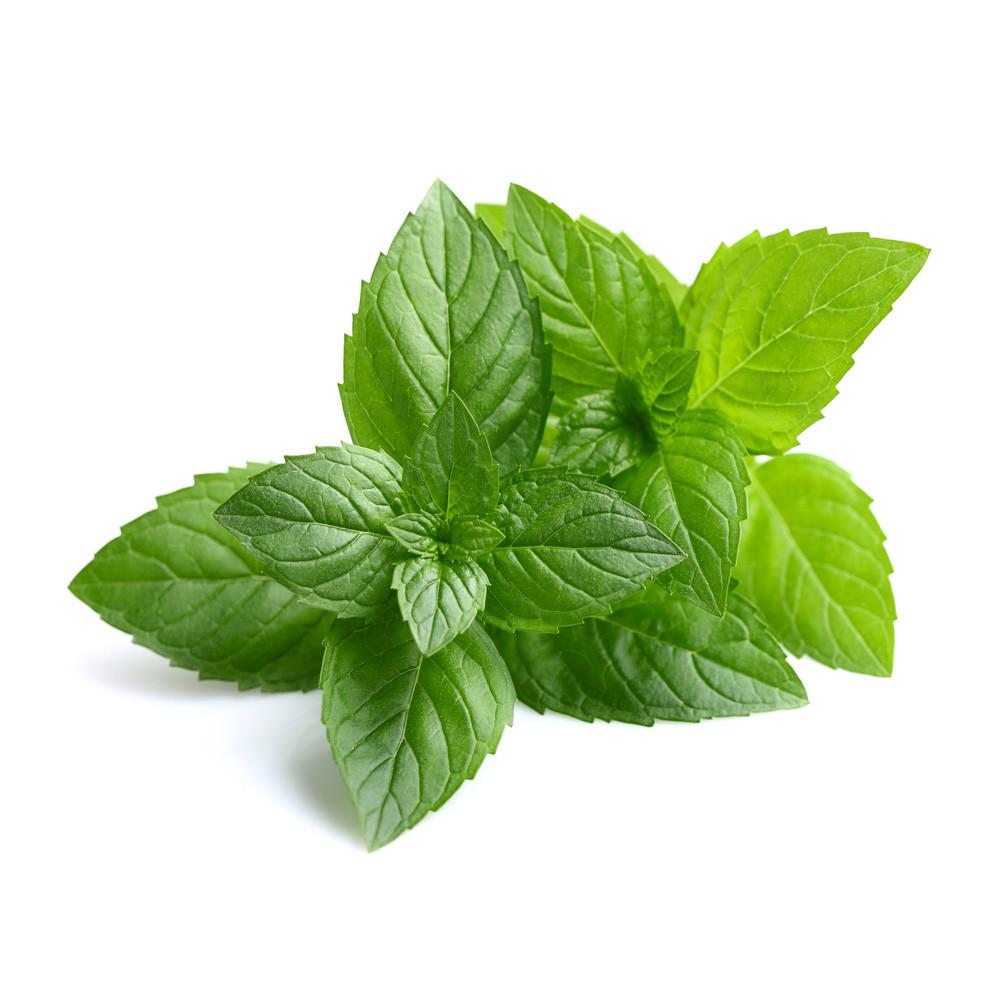
Chemical Information of Pulegone
Fortunately, we do know about Pulegone and its relative chemical properties. The compound has the molecular formula of C10H16O. It has the molecular weight of 152.237 g/mol with the heavy atom count of 11.
Pulegone is a very minty tasting organic compound. It is usually found in orange mint, commint, spearmint and peppermint that make it one of the potential biomarker with regards to food products’ consumption. The terpene is also found in blackcurrant and is easily obtainable from the different essential oils of many different plants like Hedeoma pulegioides, Nepeta cataria, and Mentha species.
Pulegone and the Harmful Effects
Pulegone has categorized as quite a toxic monoterpene because of its hepatotoxic effects. This means that Pulegone is capable of damaging or even destructive to the liver cells. If we look at the two different mice studies, conducted to ascertain the Pulegone’s hepatotoxic properties, it can be concluded that Pulegone has potentially harmful effects.
As per the first study that was performed in 1987, this terpene was discovered to cause extensive and severe liver injury in the mice. However, as per the 2nd study that was performed in 2003, a higher dose of terpene – Pulegone was observed to be fatal to the lab mice.
Similarly, ingesting pennyroyal oil, containing Pulegone, has also been linked to a range of health issues. For instance, just a small amount of this oil may lead to lightheadedness, gastrointestinal distress and usually weakness.
If you take the oil in higher amounts this may result in nausea, abdominal pain, throat burning, vomiting, delayed liver dysfunction, and dizziness. On the other hand, ingesting a good amount of pennyroyal oil in a very short time span is highly dangerous. It is associated with metabolic acidosis, gastrointestinal bleeding, altered mental status, pulmonary congestion and even death in many cases.
Body Systems Affected By Pulegone Intake
Pulegone is specifically damaging to the liver. This is because it can easily accumulate in the particular organ and may cause liver damage and dysfunction. Pulegone is also known to harm or irritate the kidneys, thus, it is also considered harmful for this particular organ as well.
Moreover, the simple ingestion of Pulegone is highly dangerous to the reproductive and digestive system of women. The very high concentration of this terpene in the pennyroyal oil is assumed to be responsible for inducing abortions.

